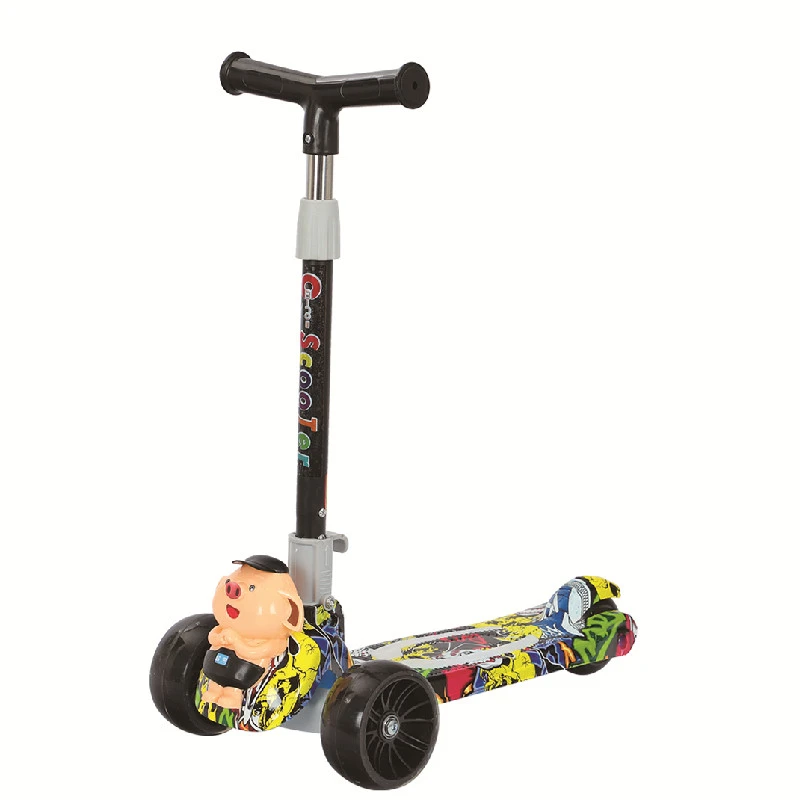childrens mountain bike size guide
Choosing the right size mountain bike for your child is essential for ensuring their safety, comfort, and enjoyment while riding. An appropriate bike size can significantly enhance their riding experience, making it easier for them to handle the bike and navigate various terrains. In this guide, we'll explore how to determine the right mountain bike size for your child based on their age, height, and riding skill level.
When selecting a mountain bike, the first step is to measure your child's height. Mountain bikes for children come in various sizes, typically categorized by wheel diameter rather than frame size. The most common wheel sizes for children's bikes are 12-inch, 16-inch, 20-inch, and 24-inch. A general rule of thumb is that the larger the wheel size, the taller the bike is designed for. For instance
- 12-inch wheels generally fit children aged 2-4 years and are usually suited for riders around 28-38 inches tall. - 16-inch wheels are often recommended for children aged 4-6 years who are approximately 38-48 inches tall. - 20-inch wheels are ideal for kids aged 5-8 years, accommodating heights of 42-54 inches. - 24-inch wheels typically fit ages 7-11 and are suitable for those between 48-60 inches tall.
While age and height are useful metrics, it's also important to consider your child's riding ability and comfort. A child who is just starting may benefit from a slightly smaller bike, making it easier for them to get on and off, while an experienced rider might be ready for a larger size that offers better control and stability on rough trails.
childrens mountain bike size guide

When testing out a mountain bike, ensure your child can stand over the top tube comfortably with both feet flat on the ground. Their knees should not be overly bent when they are seated, allowing for a comfortable riding position that promotes effective pedaling. Additionally, check that they can reach the handlebars without straining, and ensure the brakes and shifters are within easy access for their hands.
Another factor to consider is the bike's weight. Lighter bikes are easier for children to maneuver and handle, especially if they're climbing hills or navigating technical trails. If possible, let your child lift the bike to see how comfortable they are with its weight.
Lastly, it's always a good idea to allow your child to test-ride a few bikes. This not only helps them get a feel for the size but also allows them to choose a bike they enjoy, fostering a sense of ownership. Remember, the best bike is one that they can handle confidently and safely.
By following this children's mountain bike size guide, you can ensure that your child has the appropriate bike to explore the great outdoors and develop their cycling skills while enjoying every ride
. Happy biking!-
Unleash Your Adventurous Spirit with All Mountain BikesNewsOct.31,2024
-
The Perfect Ride for Your Little Ones: Kids TricyclesNewsOct.31,2024
-
The Joy of Riding: Quality Kids Mountain BikesNewsOct.31,2024
-
The Excitement of Kids Scooters – Choose Your Adventure!NewsOct.31,2024
-
Kids' Bikes: Find the Perfect Ride for Your Little OnesNewsOct.31,2024
-
Experience the Fun of Swing CarsNewsOct.31,2024
-
Why a Giant Bike for Kids is a Top ChoiceNewsOct.24,2024








